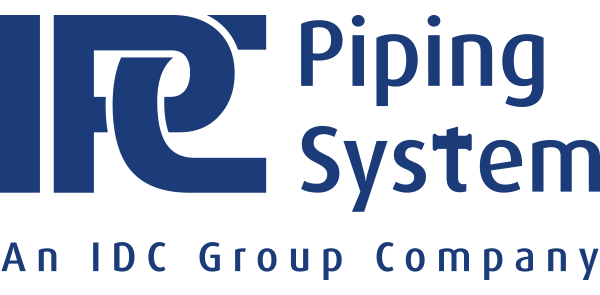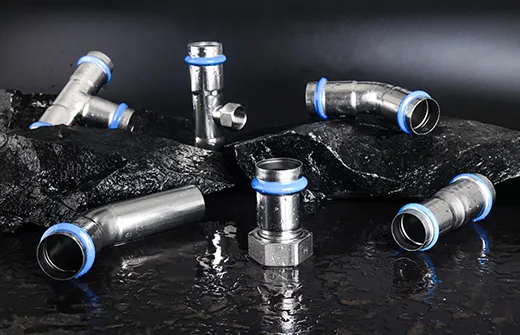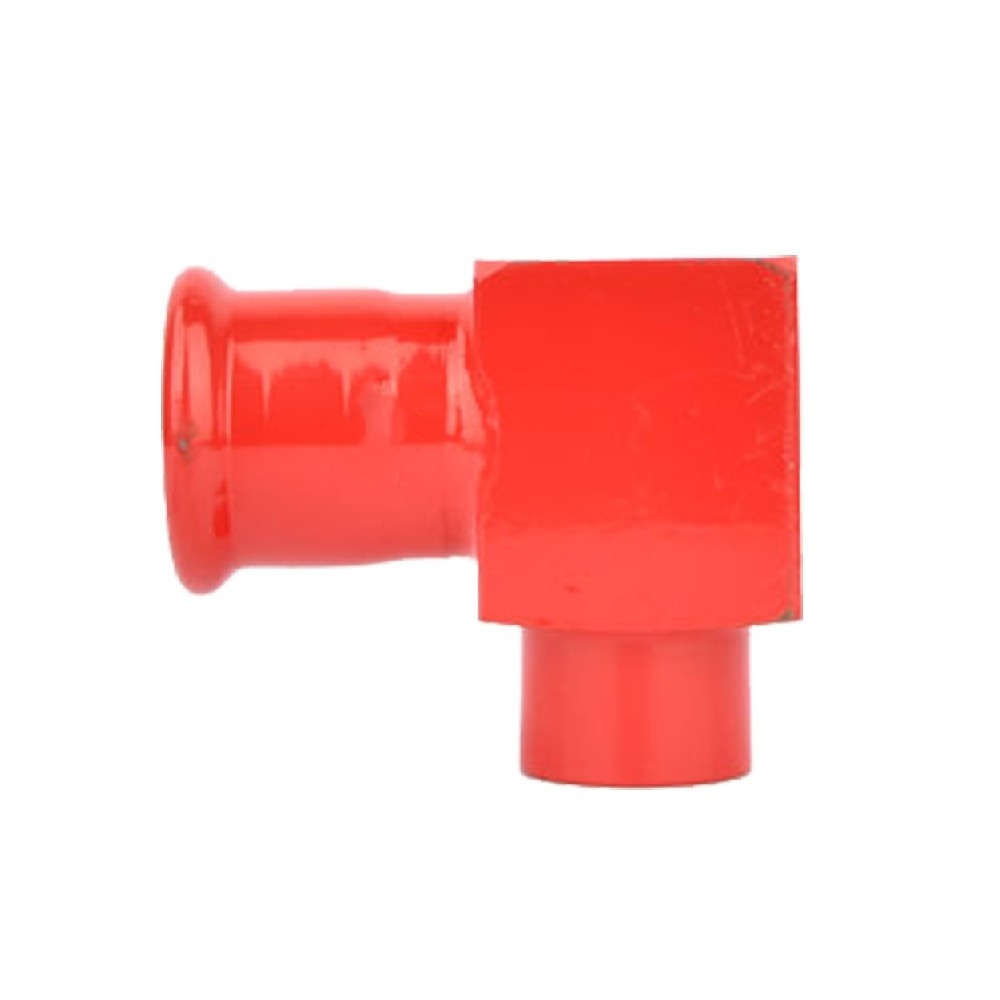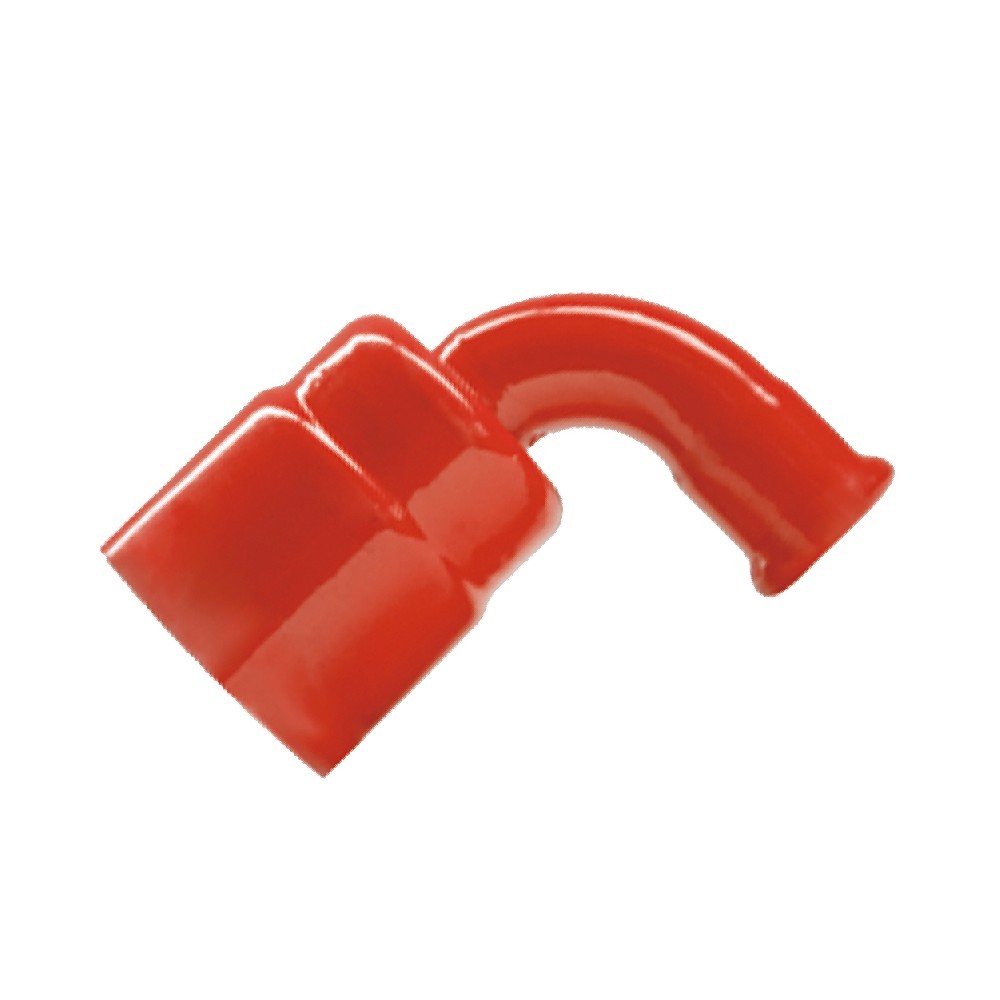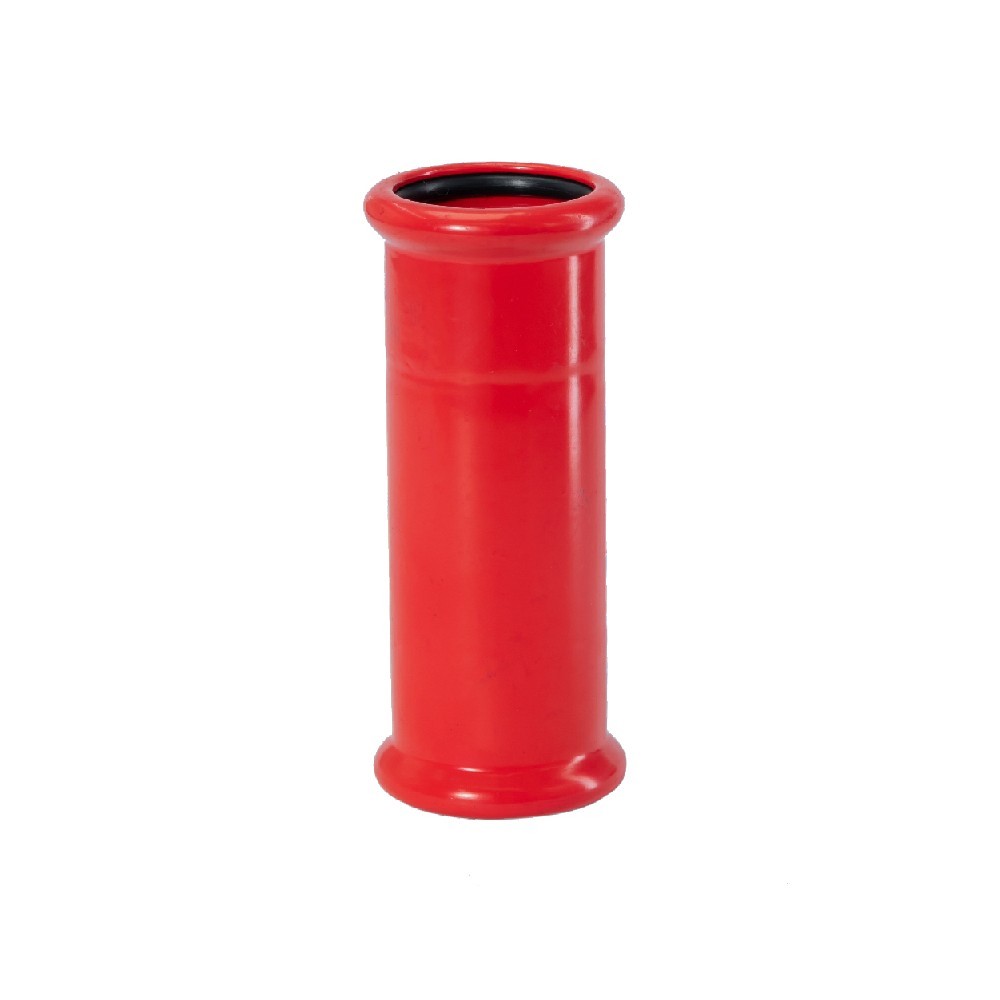Understanding the Importance of 45° Obtuse Elbows in Stainless Steel Piping Systems
Jul 25,2025
When discussing piping systems, particularly in the realm of construction and decorative materials, the term "45° obtuse elbow" refers to a specific type of pipe fitting that allows for a change in direction of the piping. Unlike sharper angles that can restrict flow and create turbulence, the 45° angle offers a smoother transition, making it a preferred choice in many applications.
One of the primary reasons for using a 45° obtuse elbow is its effectiveness in reducing pressure drops within a system. When fluid flows through a piping network, each change in direction introduces resistance. A conventional 90° elbow can create significant turbulence and pressure loss. However, the 45° obtuse elbow allows for a gentler turn, minimizing energy loss and improving the overall efficiency of the system. This characteristic is particularly advantageous in plumbing, HVAC, and industrial applications where maintaining optimal fluid dynamics is crucial.
In addition to their hydraulic benefits, 45° obtuse elbows are also favored for aesthetic and structural reasons in architectural applications. When designing buildings or decorative elements, the smooth lines and gentle curvature of these elbows can enhance the visual appeal of the piping systems. This is particularly important in exposed piping installations, where the appearance of the materials can significantly impact the overall design aesthetic.
Another consideration when selecting piping fittings is material compatibility. Stainless steel is an excellent choice for 45° obtuse elbows due to its corrosion resistance, strength, and longevity. In environments where exposure to harsh chemicals or high temperatures is a concern, stainless steel ensures that the piping system remains durable and functional over time. Furthermore, stainless steel fittings are easy to clean and maintain, making them ideal for applications in the food and beverage, pharmaceutical, and chemical industries.
When designing or installing a piping system, it's essential to consider the layout and the specific requirements of the project. Proper planning ensures that the 45° obtuse elbows are strategically placed to facilitate optimal fluid flow and maintain the integrity of the system. Additionally, consulting with professionals in the field can provide valuable insights into the best practices for installation and maintenance.
In summary, the 45° obtuse elbow is a vital component in stainless steel piping systems, offering numerous advantages in terms of efficiency, aesthetics, and durability. Understanding its significance can aid in making informed decisions when designing and implementing piping networks in various applications. Whether for practical or decorative reasons, these fittings play a crucial role in achieving both functionality and beauty in construction and decorative materials.
One of the primary reasons for using a 45° obtuse elbow is its effectiveness in reducing pressure drops within a system. When fluid flows through a piping network, each change in direction introduces resistance. A conventional 90° elbow can create significant turbulence and pressure loss. However, the 45° obtuse elbow allows for a gentler turn, minimizing energy loss and improving the overall efficiency of the system. This characteristic is particularly advantageous in plumbing, HVAC, and industrial applications where maintaining optimal fluid dynamics is crucial.
In addition to their hydraulic benefits, 45° obtuse elbows are also favored for aesthetic and structural reasons in architectural applications. When designing buildings or decorative elements, the smooth lines and gentle curvature of these elbows can enhance the visual appeal of the piping systems. This is particularly important in exposed piping installations, where the appearance of the materials can significantly impact the overall design aesthetic.
Another consideration when selecting piping fittings is material compatibility. Stainless steel is an excellent choice for 45° obtuse elbows due to its corrosion resistance, strength, and longevity. In environments where exposure to harsh chemicals or high temperatures is a concern, stainless steel ensures that the piping system remains durable and functional over time. Furthermore, stainless steel fittings are easy to clean and maintain, making them ideal for applications in the food and beverage, pharmaceutical, and chemical industries.
When designing or installing a piping system, it's essential to consider the layout and the specific requirements of the project. Proper planning ensures that the 45° obtuse elbows are strategically placed to facilitate optimal fluid flow and maintain the integrity of the system. Additionally, consulting with professionals in the field can provide valuable insights into the best practices for installation and maintenance.
In summary, the 45° obtuse elbow is a vital component in stainless steel piping systems, offering numerous advantages in terms of efficiency, aesthetics, and durability. Understanding its significance can aid in making informed decisions when designing and implementing piping networks in various applications. Whether for practical or decorative reasons, these fittings play a crucial role in achieving both functionality and beauty in construction and decorative materials.
Latest News
